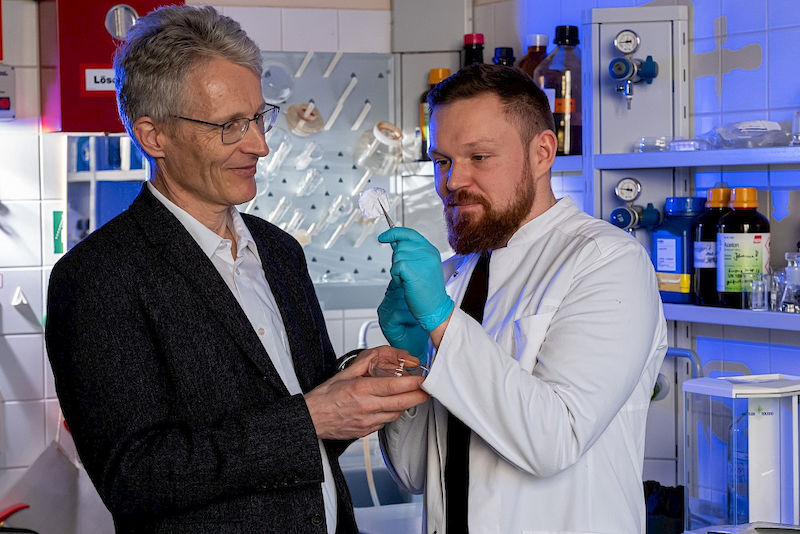
Active ingredient delivery
In order to ensure that medicine only works where it is supposed to, researchers from Halle are investigating new ways to transport active ingredients. Read more

In order to ensure that medicine only works where it is supposed to, researchers from Halle are investigating new ways to transport active ingredients. Read more
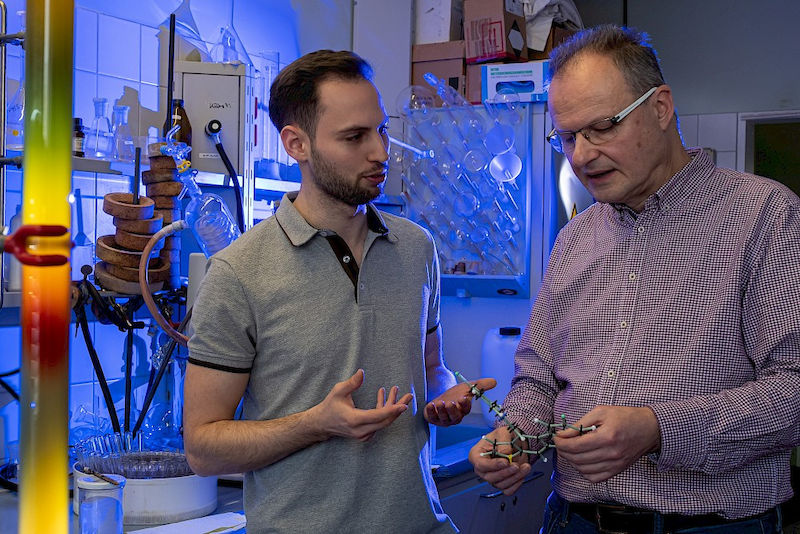
New active substances help combat dangerous bacteria that conventional antibiotics can no longer treat. These substances are being developed by Professor Andreas Hilgeroth’s team. Read more
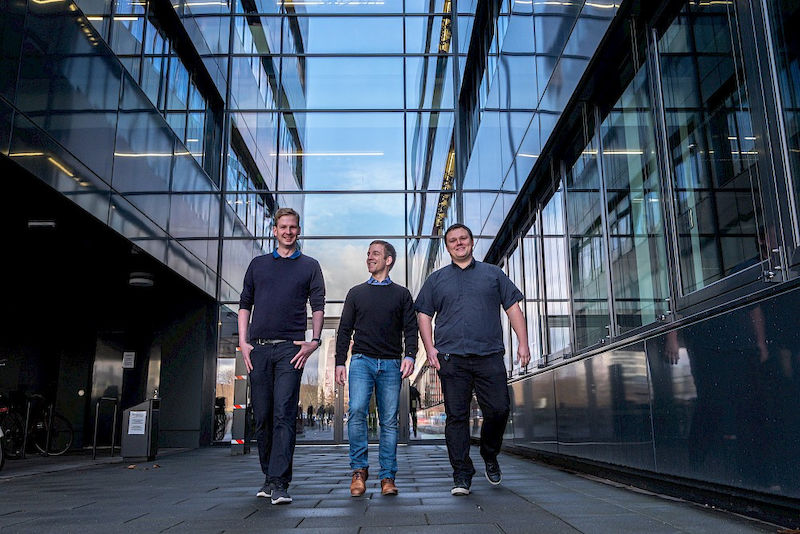
René Wartner, Andreas Simon and Marcus Böhme have developed a technology that can be used to treat tumours with pinpoint accuracy. Their enzyme adhesive should allow toxins to bind to antibodies and be transported in a targeted way to cancer cells. The three biochemist entrepreneurs plan to market their idea. Read more
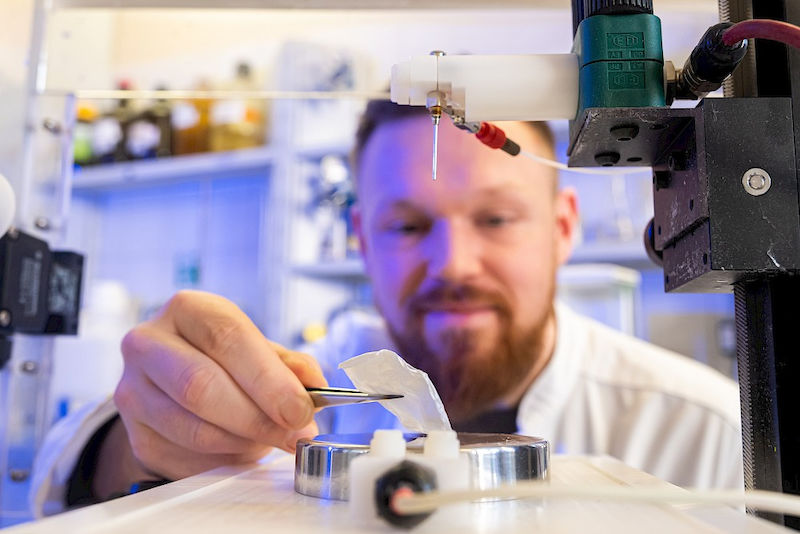
Whether new active ingredients or improved active ingredient transport: researchers at the University of Halle are working on the precise and more tolerable treatment of diseases. Read more
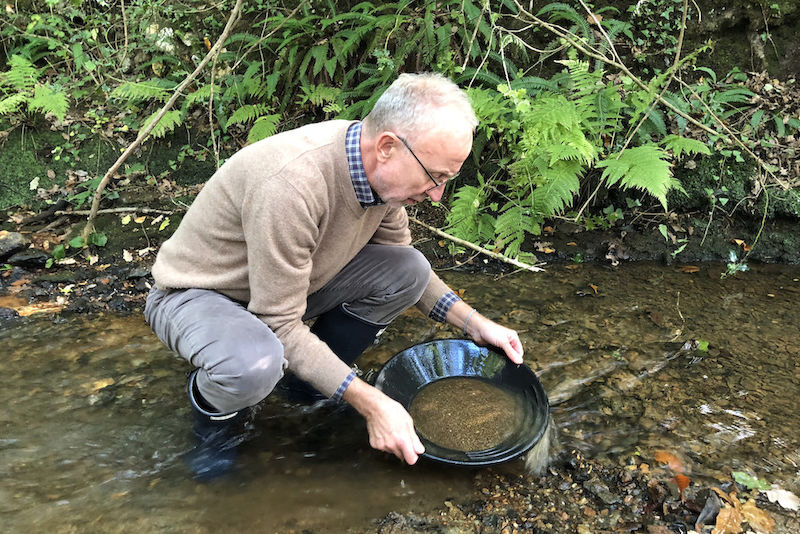
The Nebra Sky Disc was discovered 20 years ago. Researchers from Halle have been studying the spectacular find – including its 32 grams of inlaid gold. Read more
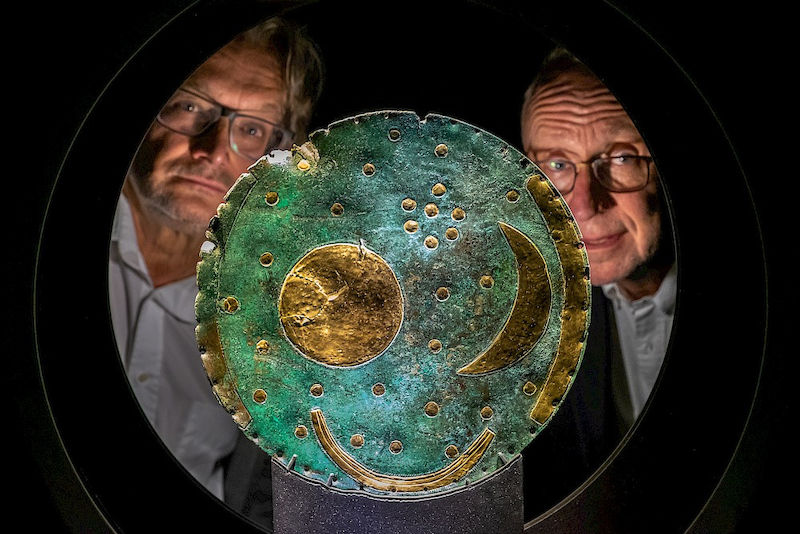
Researchers solve mystery surrounding the Nebra Sky Disk – with a precious metal playing a decisive role in more than just the famous Bronze Age discovery. Read more
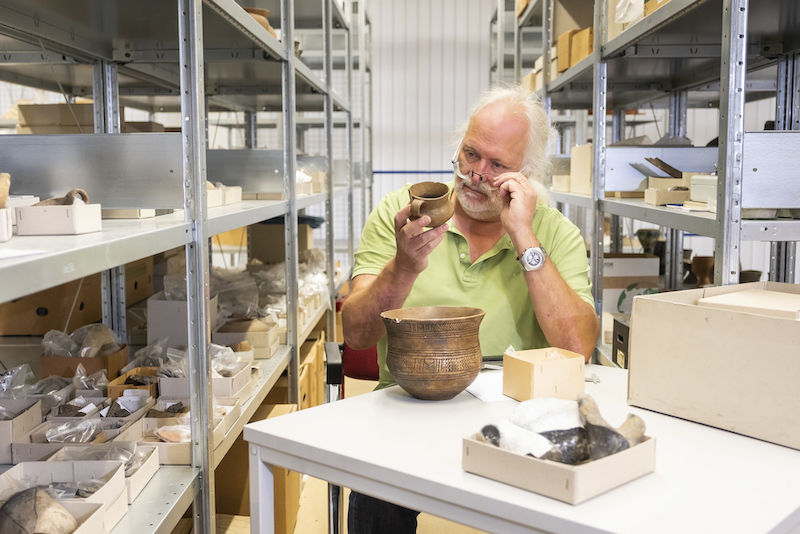
For eight years, Professor François Bertemes coordinated research on the context of Nebra Sky Disc. The discovery of the disc has prompted archaeologists to completely rethink their notions about life in the Early Bronze Age. Read more
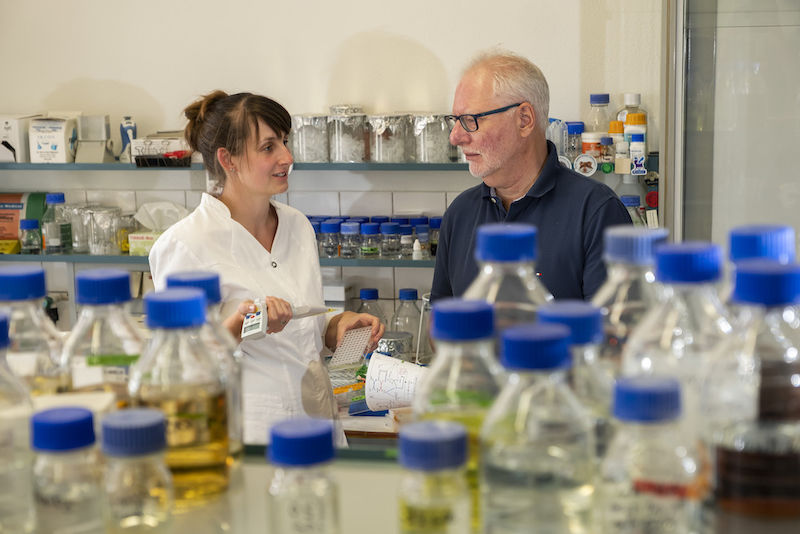
The bacterium C. metallidurans is most notable for its perseverance, thriving in areas contaminated with heavy metals. It has attracted the attention of a research group in Halle, led by Professor Dietrich H. Nies, but for an entirely different reason: it produces microscopic gold nuggets. Read more
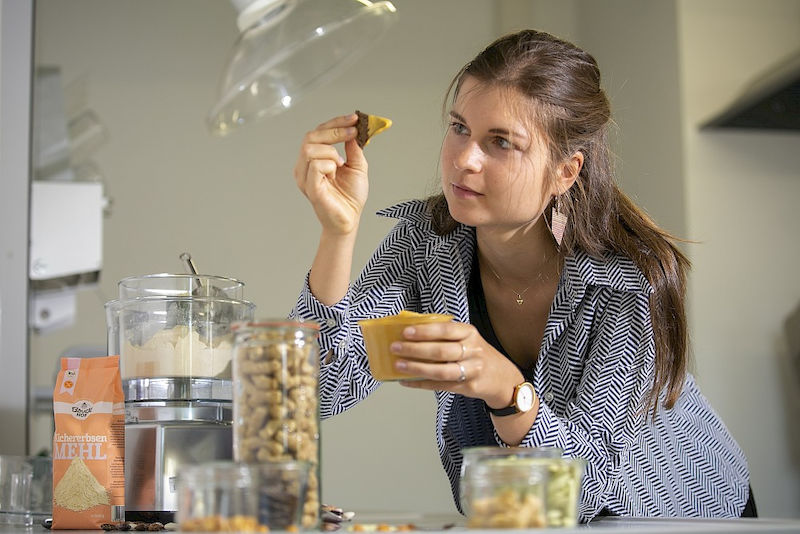
At first glance, legumes are not necessarily what one would call hipster food. Their image fluctuates between cosy home-cooked meals and flatulence – without merit, counters Emilie Wegner. A graduate of MLU, the nutritionist has now founded her own company called “Hülsenreich”. She will begin producing tasty snacks from this underestimated local produce. Her project has already won a award. Read more